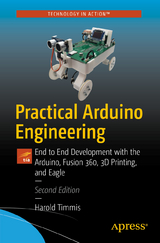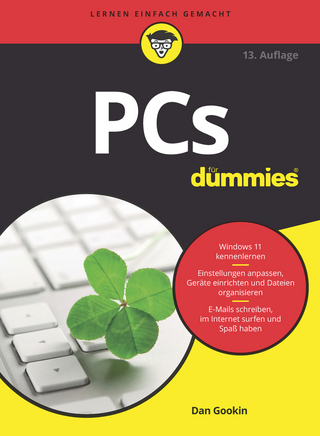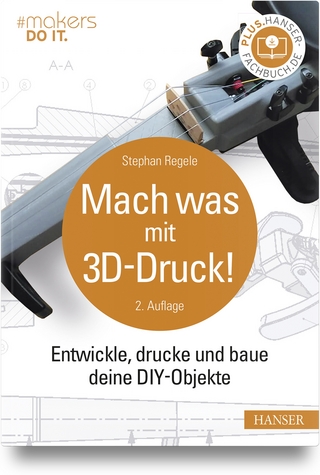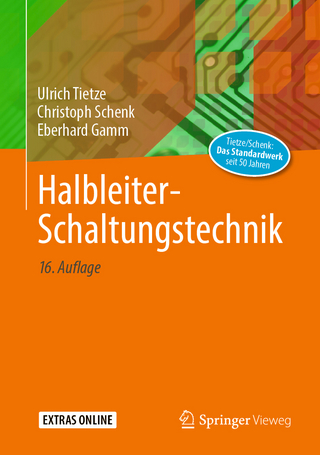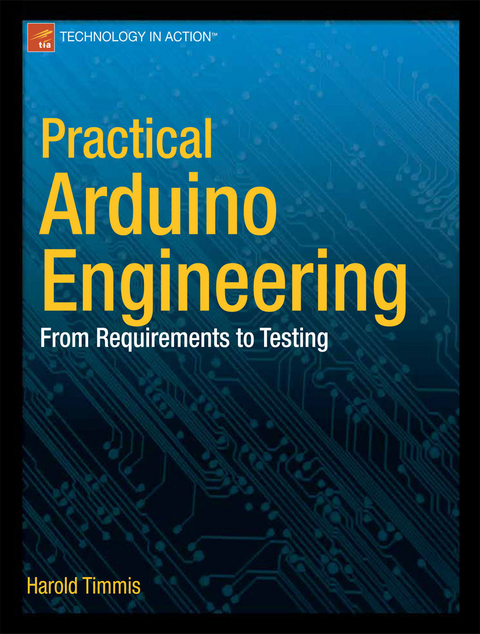
Practical Arduino Engineering
Apress (Verlag)
978-1-4302-3885-0 (ISBN)
- Titel erscheint in neuer Auflage
- Artikel merken
Practical Arduino Engineering begins by outlining the engineering process, from the basic requirements and preliminary design to prototyping and testing. Each and every chapter exemplifies this process and demonstrates how you can profit from the implementation solid engineering principles—regardless of whether you just play in your basement or you want to publicize and sell your devices.
Arduino is a brilliant prototyping platform that allows users to test and iterate design ideas. Imitation by other Arduino makers, hackers and engineers often proves your design's popularity. Practical Arduino Engineering will teach you to follow the engineering process carefully; over time, you will be able to review and improve this process, and even extend its scope.
Practical Arduino Engineering is not purely theoretical. In addition, you'll learn the process of hardware engineering as applicable to Arduino projects, and the importance of the process in each and every project presented in this book.
To set the stage, Practical Arduino Engineering begins by reviewing the Arduino software landscape, then shows how to set up an Arduino project for testing. Even if you already know your compiler toolchain and the basics of Arduino programming, this refresher course can help fill in the gaps and explain why your compiler may spit out certain error messages.
Practical Arduino Engineering then gradually builds up the engineering process, from single devices like LCDs, potentiometers and GPS modules, to the integration of several modules into larger projects, such as a wireless temperature measurement system, and ultimately an entire robot.
The engineering projects become progressively more challenging throughout the first 4 engineering chapters. Next, you'll proceed with simple steps towards the first intelligent part of a robot: the object detector. You'll find yourself teaching your robot how to avoid very hot objects or insurmountable obstacles. The basic design requirements for a complete robot and, indeed, the detailed design and prototyping for robots can be extremely tricky, which is why engineering discipline is invaluable.
Practical Arduino Engineering then enters the world of domestic engineering by introducing home alarm systems—not quite as simple as they seem. A solid, robust system can only be built by following the engineering process detailed in previous chapters, and this section reinforces that process.
You'll then take a step further in your Arduino engineering process: instrumentation and control, and some error messaging using GSM. Control is introduced via the Xbox controller, a very powerful piece of technology able to play a considerable role in robotics projects. Having already learned to control motion and to sense and avoid objects, you'll learn how to debug your Arduino projects of varying complexities via the hardware instrumentation software LabVIEW.
To complete the journey into Practical Arduino Engineering, you'll discover how to use a special Arduino board to rely on Bluetooth Mate Silver for control of domestic and mobile Arduino projects. Using Bluetooth Mate Silver, you'll learn to implement basic engineering design with almost any Arduino project, and be able to justify, build, debug, and extend Arduino-based designs using a solid engineering approach.
Please note: the print version of this title is black & white; the eBook is full color.
Since Harold Timmis was a small child, he has fostered a curiosity for technology, taking apart everything in his parents house just to see how it all worked. This fueled his thirst for knowledge of computer science, programming and its uses. He has worked with LabVIEW and Arduino for the past three years. During that time, he has been involved in several professional projects using LabVIEW, as well as many hobbyist projects utilizing both Arduino and LabVIEW. Harold attended the Florida Institute of Technology, where he studied computer engineering and was introduced to LabVIEW and Arduino. Later, he worked at the Harris Corporation and General Electric, where he created several LabVIEW projects for trains and became very interested in serial communication, including GPS and Arduino.
The Process of Arduino Engineering
An Arduino Software Review
Controlling Robot Motion with a Potentiometer
Adding an LCD to the Robot
Engineering a GPS Module for the Robot
Home Engineering I: Temperature Sensors
Object Detection for the Robot
Home Engineering II: Alarm System Using Arduino
Integrating GSM Technology with the Robot
Xbox Controller and the LabVIEW Process
Controlling Your Robot: Bluetooth Arduino
| Erscheint lt. Verlag | 16.11.2011 |
|---|---|
| Zusatzinfo | XV, 328 p. |
| Verlagsort | Berlin |
| Sprache | englisch |
| Maße | 178 x 254 mm |
| Gewicht | 615 g |
| Themenwelt | Informatik ► Weitere Themen ► Hardware |
| Technik ► Elektrotechnik / Energietechnik | |
| ISBN-10 | 1-4302-3885-2 / 1430238852 |
| ISBN-13 | 978-1-4302-3885-0 / 9781430238850 |
| Zustand | Neuware |
| Informationen gemäß Produktsicherheitsverordnung (GPSR) | |
| Haben Sie eine Frage zum Produkt? |
aus dem Bereich
